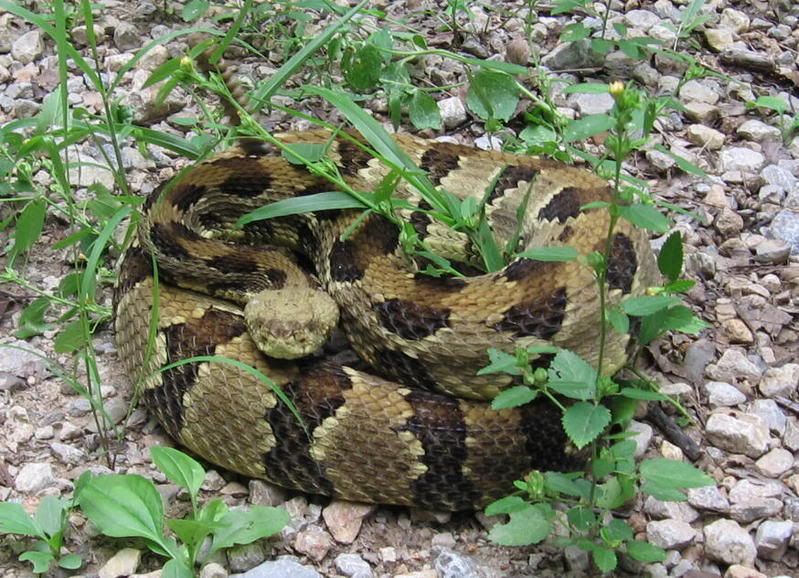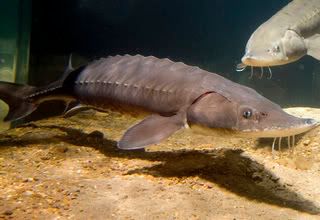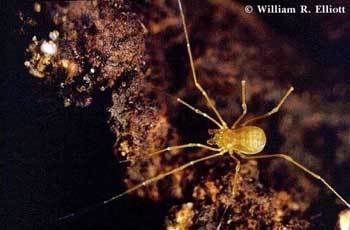It’s not easy being green. Each animal represented in this blog, despite its purported “ugliness,” has one distinct advantage over its endangered plant counterparts: it is an animal. This is arguably an advantage because animals tend to attract human attention and garner our sympathies in ways that plants generally do not. I think this probably stems from a natural tendency to anthropomorphize, and therefore identify with animals in ways that just don’t come as easily when considering plants. It’s rather difficult for us to imagine how a plant might “feel” or “think.”
But as Garfman has pointed out, this blog was created in the spirit of equal-opportunity representation. Finding a suitably “ugly” species for the first plant profile proved challenging for me, however. For one thing, plants are held to different standards of beauty than animals. For another, as a botanist, I felt reluctant to assign a derisive label to any species from my chosen kingdom of study. Even though I have been known to curse while clawing my way through dense, thorny undergrowth, grumble about garden weeds, and despise invasive plant infestations, the source my vexation is only contextual. I was hard-pressed to think of a plant I would call flat-out ugly, because my fascination tends to override my aesthetic sensibilities.
It was after much deliberation that I chose the plant featured as this week’s endangered ugly thing:
Rafflesia arnoldii. This species (and in fact the whole genus) is highly unusual in many regards.
The
genus Rafflesia is native to tropical rainforests of Southeast Asia, and all members of the genus are either threatened or endangered. At least two species are probably already extinct.
These plants are commonly known as “stinking corpse lilies.” In case the name wasn’t enough of a clue, they produce malodorous blossoms that smell like decomposing flesh or feces. The reason? Well, just as we’ve seen that beauty is in the eye of the beholder, the sort of bouquet that attracts one pollinator differs from the sort that attracts another. If you hadn’t guessed,
R. arnoldii and the rest of the species in its genus are pollinated by carrion flies. To learn more about flowers that share this method of pollination,
this site at Wayne’s Word is on of the most informative (and humorous) I have encountered.
The flower itself is also a sight to behold.
R. arnoldii has the distinction of producing the
world’s largest flower. (
Amorphophallus titanum,
the Titan Arum, loses this contest on a technicality, as its huge flowering structure is actually composed of many smaller flowers).
R. arnoldii’s flower buds are the size of cabbage heads, and when these finally open, the blossom can be reach up to 3 feet in diameter and weigh up to 25 pounds. Looking like something reminiscent of a Mario Bros. videogame, its five sepals are leathery, usually red or orange in color, and spotted with light-colored “warts.”

Additionally, the genus
Rafflesia is atypical because all of its members are endoparasitic; that is, they live entirely within another plant (in this case, plants of the genus
Tetrastigma, which are related to grape vines) and lack chlorophyll necessary to produce their own food. They are without stems, roots, or leaves. In a sense, they are tapeworms of the plant world. The only time
Rafflesia are visible, in fact, is when they are at their reproductive stage; otherwise they exist within the
Tetrastigma host vine as threadlike strands of tissue.
So picture this: an enormous flower bursting out of a vine on the floor of a lush tropical rainforest, emitting a rotten stench which is attracting flies. Hardly compares to a sunny field of daisies or a garden of roses, does it? Therefore I feel no qualms in calling
R. arnoldii an “ugly” plant. “Weirdly intriguing,” yes. Conventionally “pretty,” no. In any case, probably not something your sweetheart would be thrilled to receive on a special occasion.
According to a 1988 article published in the
American Journal of Botany (full text can be found
here if you have access to JSTOR), the primary threat is habitat destruction, a theme we’ve encountered over and over again. There is a twist, however, which has to do with the plants’ method of reproduction.
Rafflesia plants are
dioecious, a fancy term which biologists use to denote that male and female sexes occur in separate organisms. This means that the flowers of a
Rafflesia plant either have male sex organs or female sex organs, but not both, as is the case with many plants. In order for fertilization (and thus successful reproduction) to occur, both male and female plants must be present and flowering at the same time. As
this source lucidly explains, this situation does not always occur.
Rafflesia flowers take a long time (9-10 months) to develop, and there is a high mortality rate. Once open, they last for only a brief window of time (3-5 days). With habitat fragmentation, the chance of a male and female flower being in bloom at the same time while in close proximity to each other is greatly diminished. The situation is further complicated by the fact that even when successful fertilization takes place, the resultant seeds must find their way to a host vine to propagate.
Little is known about
Rafflesia because its very nature, in addition to its rarity, makes it difficult to study. As I see it, however, the source of hope for saving these plants is that because of their uniqueness they have managed to draw much interest from both the scientific and lay communities. Efforts have been made to protect them, but as long as the rainforest habitat they occupy continues to disappear, so will they.











